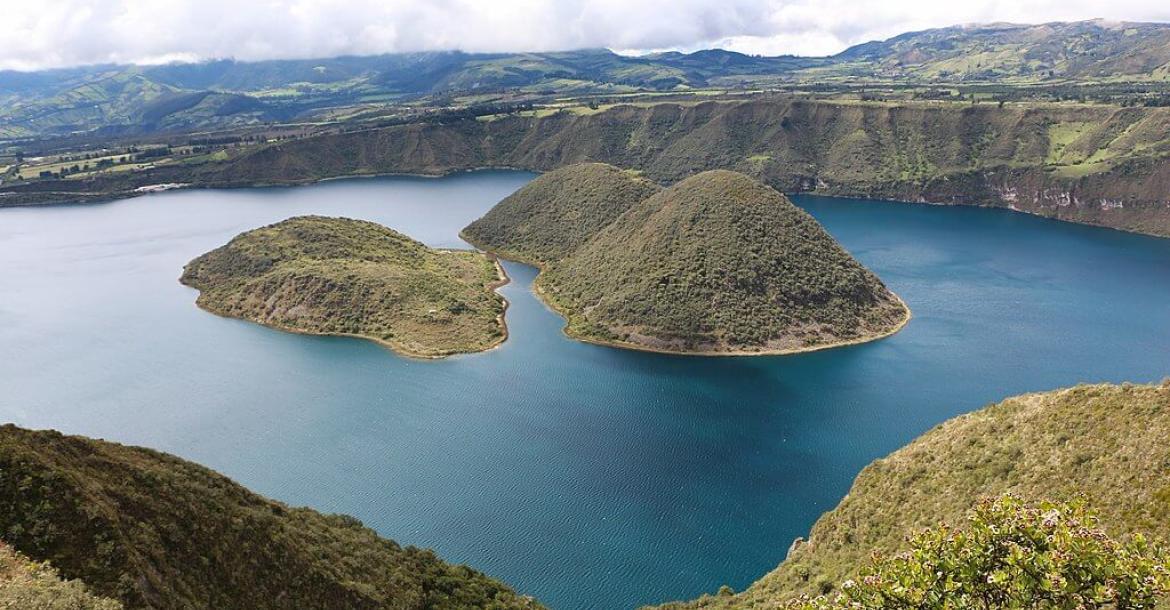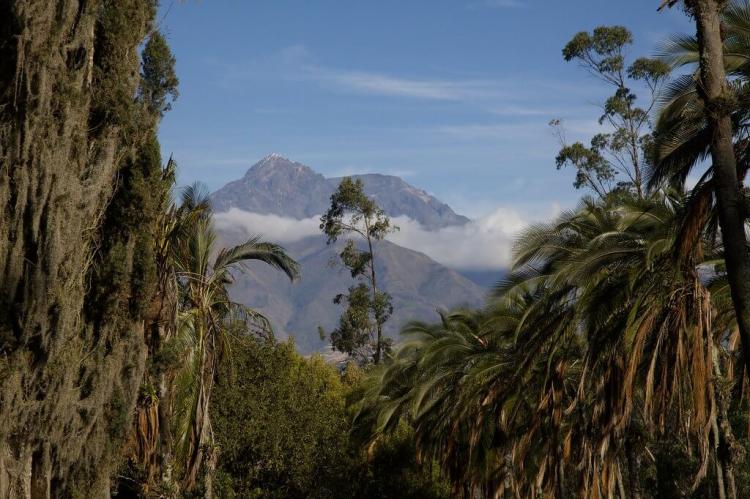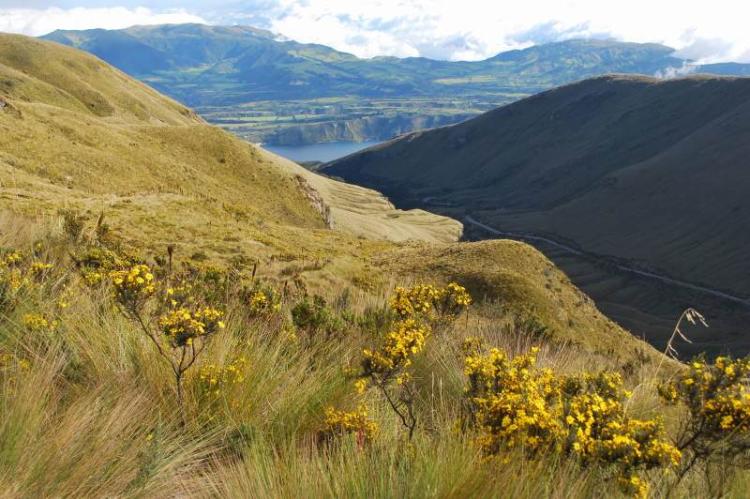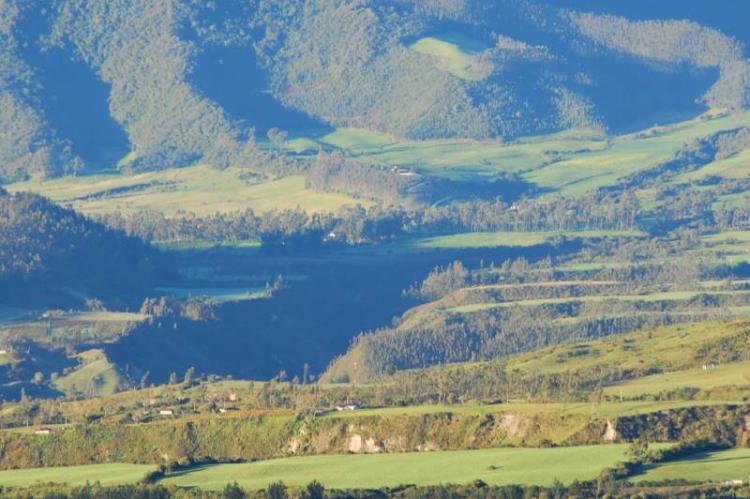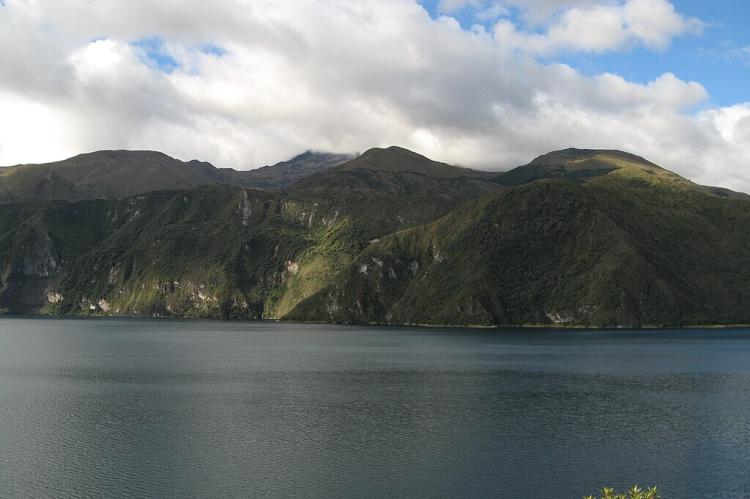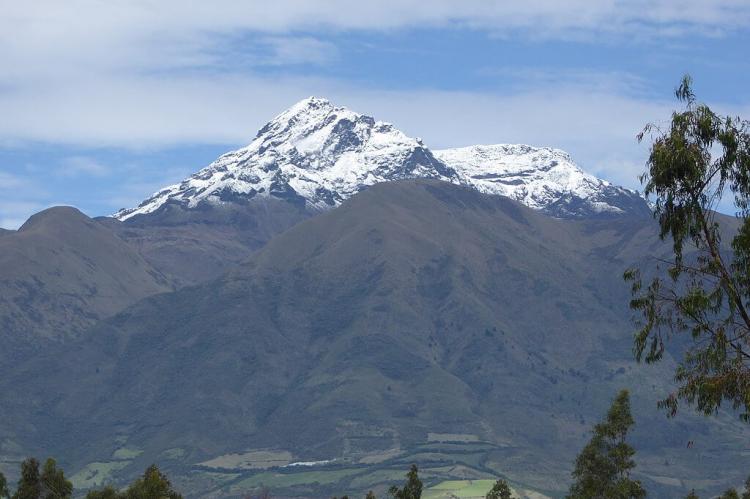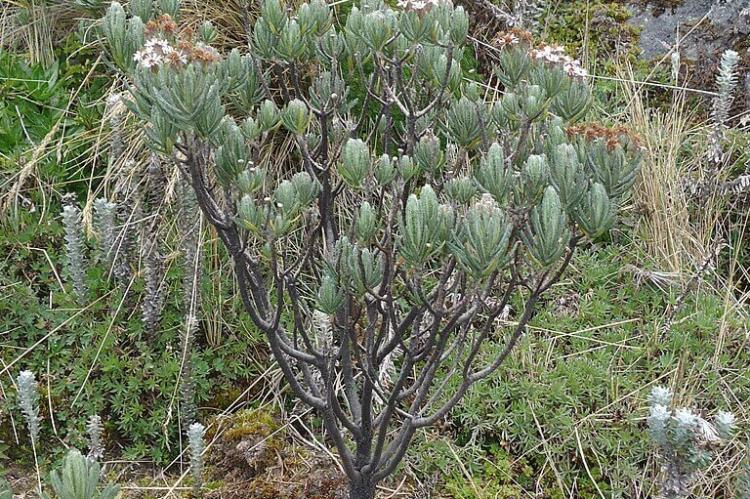Cotacachi Cayapas Ecological Reserve (Ecuador)
Nestled amidst the Andes Mountains in the heart of Ecuador lies the Cotacachi Cayapas Ecological Reserve, a haven of unparalleled ecological diversity and cultural heritage. It contains the Cotacachi Volcano, a prominent stratovolcano and Laguna de Cuicocha, a stunning crater lake.
Cotacachi Cayapas Ecological Reserve
Nestled amidst the Andes Mountains in the heart of Ecuador lies the Cotacachi Cayapas Ecological Reserve, a haven of unparalleled ecological diversity and cultural heritage. Established in 1968, this vast expanse of protected wilderness encompasses 304,400 hectares (752,235 acres), spanning the provinces of Imbabura and Esmeraldas.
Ecosystems
The reserve's remarkable biodiversity stems from its exceptional altitudinal gradient, ranging from a mere 35 meters (115 feet) above sea level to the snow-capped summit of Cotacachi Volcano, soaring at 4,939 meters (16,204 feet). This dramatic variation in elevation gives rise to a mosaic of distinct ecosystems, each with unique flora and fauna.
At the highest elevations, the reserve embraces the páramo. Here, amidst rolling hills and windswept grasslands, hardy plants like frailejones and pajonal thrive, adapted to the harsh conditions of the high Andes. Descending the Andean slopes, the reserve drops into cloud forests. Shrouded in mist, these forests form a verdant canopy, providing a haven for an astonishing array of life. Epiphytes, including orchids and bromeliads, cling to tree trunks, and vibrant birds like tanagers and toucans flit among the foliage.
Lower elevations surrender to the sweltering embrace of the tropical rainforest, a realm of boundless biodiversity. Draped in vines and epiphytes, Towering trees form a verdant canopy, sheltering a symphony of life. Mammals like the spectacled bear and the ocelot roam the forest floor, while insects and amphibians abound in the understory.
Flora and Fauna
The Cotacachi Cayapas Ecological Reserve is a sanctuary for wildlife. Among its 139 mammal species are the spectacled bear, the Andean condor, and the resplendent quetzal. The reserve's 689 bird species, a remarkable diversity, include tanagers, toucans, and hummingbirds. Amphibians and reptiles, numbering 124 and 111 species, respectively, add to the reserve's rich biodiversity.
Indigenous Communities
The Cotacachi Cayapas Ecological Reserve is not merely a haven for biodiversity; it is also a tapestry of cultural heritage. Indigenous communities, including the Chachi and Cayapas, have called this land home for centuries, living in harmony with their natural surroundings. Their profound connection to the land is reflected in their traditions, knowledge of the ecosystem, and sustainable practices.
Conservation
Despite its remarkable ecological significance, the Cotacachi Cayapas Ecological Reserve faces many threats, including deforestation, illegal hunting, and pollution. These threats pose a significant risk to the reserve's biodiversity and the well-being of the indigenous communities that depend on it. Conservation efforts are underway to address these challenges, focusing on community engagement, sustainable development practices, and environmental education.
Cotacachi Volcano
The Cotacachi Volcano is a prominent stratovolcano in northern Ecuador's Cotacachi Cayapas Ecological Reserve. Rising to an elevation of 4,939 meters (16,204 feet), it stands as one of the highest peaks in the region and plays a significant role in shaping the diverse ecosystems within the reserve. While Cotacachi Volcano is considered dormant, it has experienced eruptions in the past, contributing to the formation of the surrounding landscape and influencing the region's soil composition.
The volcano serves as a crucial water source for the region. Melting snow and ice from the summit contributes to the headwaters of rivers that flow through the reserve. The varying elevations created by Cotacachi Volcano foster a mosaic of habitats, each supporting distinct plant and animal species. The high-altitude páramo around the summit is characterized by hardy vegetation adapted to the harsh conditions. At the same time, the slopes are draped in cloud forests and, lower down, tropical rainforests, each with its unique biodiversity.
Laguna de Cuicocha
Laguna de Cuicocha, or Guinea Pig Lake, is a crater lake in the Cotacachi Cayapas Ecological Reserve. The lake was formed within the collapsed caldera of Cotacachi Volcano, resulting from past volcanic activity. The caldera, or volcanic crater, created a basin that eventually filled with water to form the lake. Situated at an elevation of approximately 3,200 meters (10,500 feet) above sea level. The high-altitude location contributes to the lake's unique ecological features and biodiversity.
The lake is known for its geothermal features, including underwater fumaroles and hot springs. These geothermal elements indicate the volcanic activity that shaped the landscape and contributed to the lake's distinctive character.
Two small islands, Yerovi and Teodoro Wolf, emerge from the lake's surface. These islands are volcanic cones that add to the scenic beauty of the lake. The presence of these islands also contributes to the lake's biological diversity, providing nesting sites for bird species.
The shores and surrounding areas of Laguna de Cuicocha are home to various plant species adapted to the high-altitude environment. The lake supports diverse bird species, including Andean gulls and ducks, making it a haven for birdwatchers. Additionally, the lake is home to various fish species.
